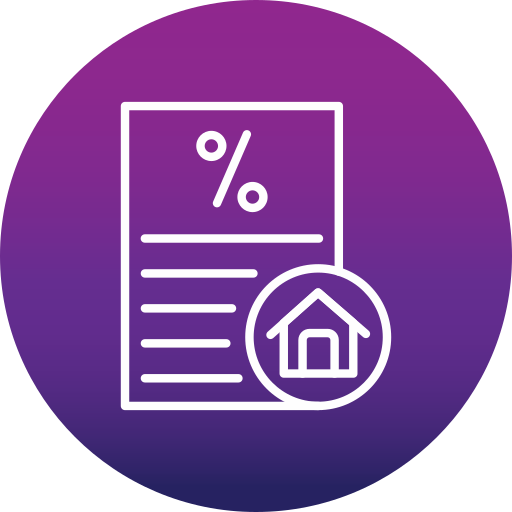Special Offers




Special Offers




22-Oct-2024 | Home Loan

When it is about taking a home loan, it has never been easier to ensure the right lender, loan tenure, and interest rates. Homeownership is a dream of many people who apply for a home loan but several aspects need to be considered while releasing this dream. So when applying for a home loan pay special attention to the interest rate, it will have a direct impact on the process of homeownership. Interest rates are of two types i.e. fixed interest rate and floating interest rate. Both have different types of implications and pros and cons. In this blog, you’ll learn about both of the interest rates
The term floating interest rate is defined as a variable rate where the rate of interest does not remain the same over a long period. Unlike fixed interest rates which remain the same, floating interest rates may increase or decrease depending upon the marketing conditions. This interest rate is variable over time based on an underlying benchmark or conditions.
This interest rate might lead to fluctuating amounts and perhaps introduce an increase or decrease in the principal amount due to its variable aspect. This also carries some risks of higher payment but also gives some benefits of lower payment.
When you take a home loan on a floating interest rate, it will give you a large number of benefits, such as follows
A floating interest rate is often more affordable compared to a fixed interest rate. Generally, there is a noticeable difference in the cost of a home loan with a fixed rate versus the same loan with a floating rate, even from the same lender.
As floating interest rates depend upon market conditions, if the interest rates fall, it will allow you to make lower interest payments. This will lead to potentially decreasing the total cost of the loan amount.
Floating interest rates often allow you to make extra benefits such as partial prepayments or no foreclosure charges depending upon the lenders with more control and financial freedom.
In the context of home loans where floating rates give many benefits, they also have some drawbacks. It is important to understand them deeply
Floating interest rate involves risk when they increase as it increase the monthly payments of interest. It could put extra pressure on your budget, which will make it challenging to cover extra expenses or save money.
As you know floating rate can change frequently, so it may be difficult to plan your finances for the future. Due to this, attaining your long-term goals or planning your savings might get disturbed, even if there is a sudden change in the interest rate.
Floating interest rates aren’t fixed, they change according to market conditions. Your loan payment goes down or up thus it is difficult for you to predict future financial plans.
Under certain conditions, floating interest rate can be a better choice if you expect interest rates to decline in the future. It can also be beneficial for short-term loans, where initial rates can lead to cost savings. If you have a better ability to manage ups and downs in interest rates it will give you a positive impact.
The term fixed interest rate refers to a rate that remains constant throughout the loan tenure. Unlike the floating interest rate, it would not change, neither increase nor decrease. This means that regardless of fluctuations in market conditions, your interest rate remains unchanged. As the rate does not vary over time your payments or returns remain stable and predictable.
When it comes to fixed interest rates it will give many benefits, some of which are as follows:-
Throughout the loan tenure, your interest amount remains the same, which gives you consistency. Fixed interest rate gives you stability in making payments and thus it helps you in better financial planning.
Fixed rates give security against market fluctuations. You can plan finances with confidence without any unexpected fluctuation.
When it comes to the fixed interest rate you enjoy the benefits of a stable interest rate. It is a better choice when you are not ready to face a high risk of changing market conditions. Fixed interest rate gives the benefit of financial stability which protects you from fluctuations. It is ideal when you want to be safe against increasing interest rates.
After understanding the meaning and implications of fixed interest rates and floating interest rates, it is time to understand the differences between both of them. Here are some key differences between both interest rates
|
Aspect |
Fixed Interest Rate |
Floating Interest Rate |
|
Rate |
The interest rate remains constant during the loan period. |
Interest rates change based on market conditions. |
|
Initial rate |
In fixed rate initial rates are usually higher. |
In floating rates, initial rates are usually lower than fixed rates. |
|
Predictions |
It allows to make predictions for financial planning, due to fixed rates. |
In this, predications are difficult for financial planning due to changing interest rates. |
|
Period |
This is used for short-term loans. |
This is suitable for loan term loans. |
Both fixed and floating interest rates have their advantages and drawbacks which are suitable in different situations with different conditions. It depends upon what you choose, based on your financial situation, comfort with risk, and many other factors. If you carefully evaluate both rates, you can manage your finances according to the market situations. Stability and predictability lead to fixed rates and lower initial rates lead to floating interest rates.